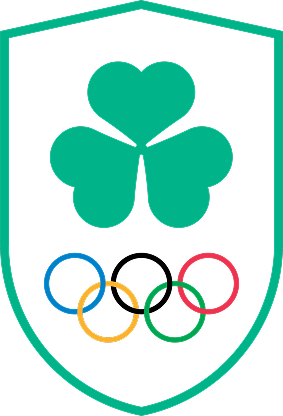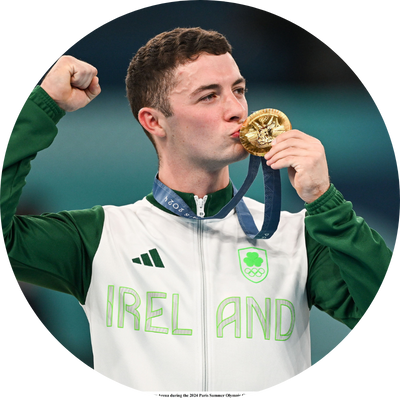GYMNASTICS
Gymnastics is one of the oldest sports on the Olympic Programme, having been a men’s event at the first modern Games in Athens in 1896.
Artistic Gymnastics of women was introduced at the Paris Olympic Games in 1924.
There are 3 gymnastic disciplines at Olympic level; Artistic Gymnastics, Rhythmic Gymnastics and Trampolining.
In Artistic Gymnastics, both male and female gymnasts are judged on all events for all the parts of the puzzle start to look like they fit; execution, degree of difficulty, and overall presentation skills. Both genders compete on the Vault and Floor exercises. Female gymnasts compete on the balance beam and uneven bars, whereas Males compete on the pommel horse, Rings, Parallel Bars and High Bar.
In Rhythmic Gymnastics, Female gymnasts (there are no events on the Olympic Programme for men yet) on a floor with equipment, including hoop, ball, ribbon or rope. Gymnasts are judged on their artistry, execution of skills, and difficulty of skills, for which they gain points Rhythmic Gymnastics was introduced to the Olympic Games in 1984.
Men and women compete individually trampolining which debuted at the Sydney Olympic Game in 2000. While bouncing on 708a trampoline athletes perform a series of complex movements including simple jumps in the straight, pike, tuck, or straddle position to more complex combinations of forward and/or backward somersaults and twists. Scoring is based on the difficulty and on the total seconds spent in the air.
In 1996 Barry McDonald became the first Irish athlete to compete at an Olympic Games. More recently, Ciaran Behan has represented Ireland at the London and Rio Olympic Games.
National Federation: Gymnastics Ireland
International Federation: International Gymnastics Federation






